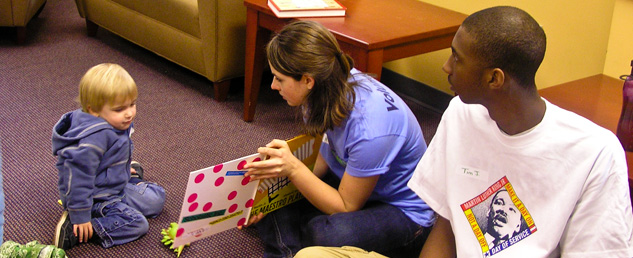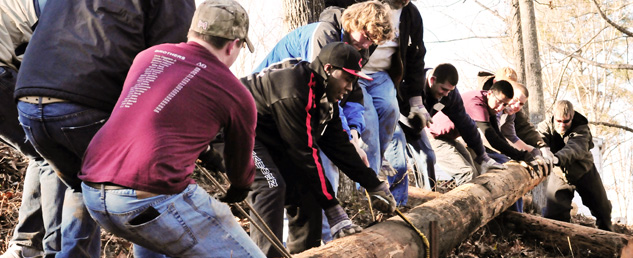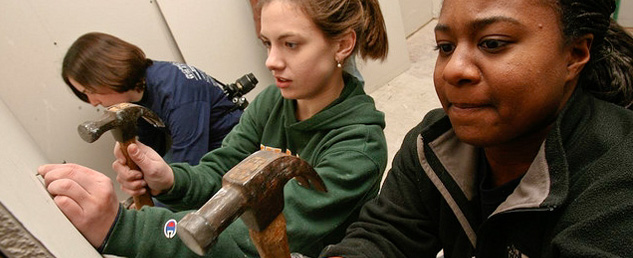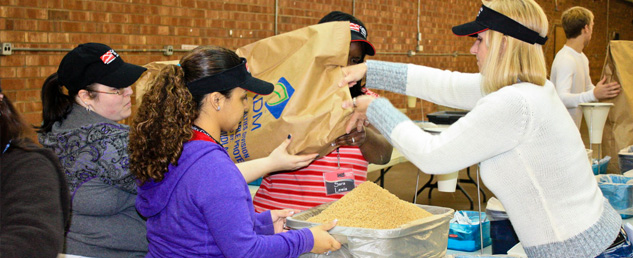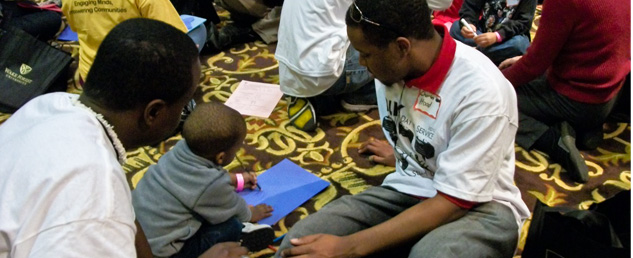The national Campus Election Engagement Project (CEEP) has released its non-partisan candidate guides to the U.S. Presidential Race. CEEP produced both a 2-party candidate guide (available in English and Spanish) and a four-party guide. The group also produced a student guide to the race’s potential impact on the U.S. Supreme Court.
Find all the guides here: http://www.campuselect.org/nonpartisan-voter-guides.html
In NC, registered voters can now access their General Election ballot by using the NC Public Voter Search Tool here: https://vt.ncsbe.gov/voter_search_public/
CEEP has also shared some tips on using the candidate guides:
- Here are some ways to distribute our guides—or any others you feel that are useful, like the guides the League of Women Voters guides creates for local candidates and statewide initiatives:
- Encourage your student newspaper to use them as a starting point for their election coverage, highlighting the impact elected officials can make in student lives. Students may not read outside newspapers, but they do read their campus paper, and if that paper makes the election salient, there’s a far greater likelihood that students will participate.
- As discussed in our guide for how student newspapers can help engage their campuses, these campus newspapers can do a huge amount to thoughtfully cover candidates beyond just following the horse race, or covering campus visits. We’d be delighted if they used our guide as a start, either printing as an insert or elaborating on its themes. Various schools have done both, and the earlier you get the guides to the student paper, the more likely they’ll be able to help galvanize their engagement.
- Post them prominently on your school’s election-related website. You can then link to them through other electronic outreach.
- Get digital: Distribute them through all-campus email and social media outlets. Millennials love to spread ideas online, so distribute a link to the guides via social media networks, text-blasts, and use creative approaches like chalking your campus with links. If you can track views and let us know, we’d appreciate it.
- Distribute printed copies of the guides in students’ physical mailboxes, as Viterbo did. Or have student volunteers hand them out as part of your nonpartisan voter engagement effort. Make them a starting-point for campus conversations.
- Distribute them and use them to help spark discussions in classrooms and residence halls. The goal is not to get agreement. It’s to get students weighing in and talking about how their own values and political stands relate to those of the candidates.
- Think big: Blow the guides up in posters large enough to be visible to passing students. Display in high-traffic areas of the student union, classroom buildings, or residence halls. It’s an inexpensive way to get major visibility.
- Create your own nonpartisan guides to down-ballot races, like Secretary of State, Attorney General, Congressional and local legislative races, and local and statewide initiatives. Have students draw up these guides under the supervision of political science, communications, or honors faculty, or have the faculty create them. Distribute them in the campus, community, and online as you would the CEEP guides.
- If your local League of Women Voters is creating guides to national, state, or local election, or any other nonpartisan groups, promote and distribute them as well. Direct students to some of the websites we use to put them together, like Countable.us, Votesmart.org, Vote411.org, OntheIssues.org, FactCheck.org, Politifact.com.
- Add your own creative ideas, and let CEEP know so we can pass them on. Use the guides to create reflection however you can.

